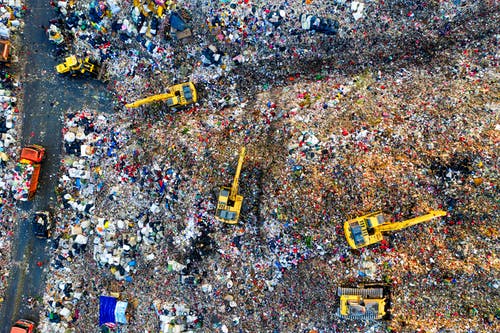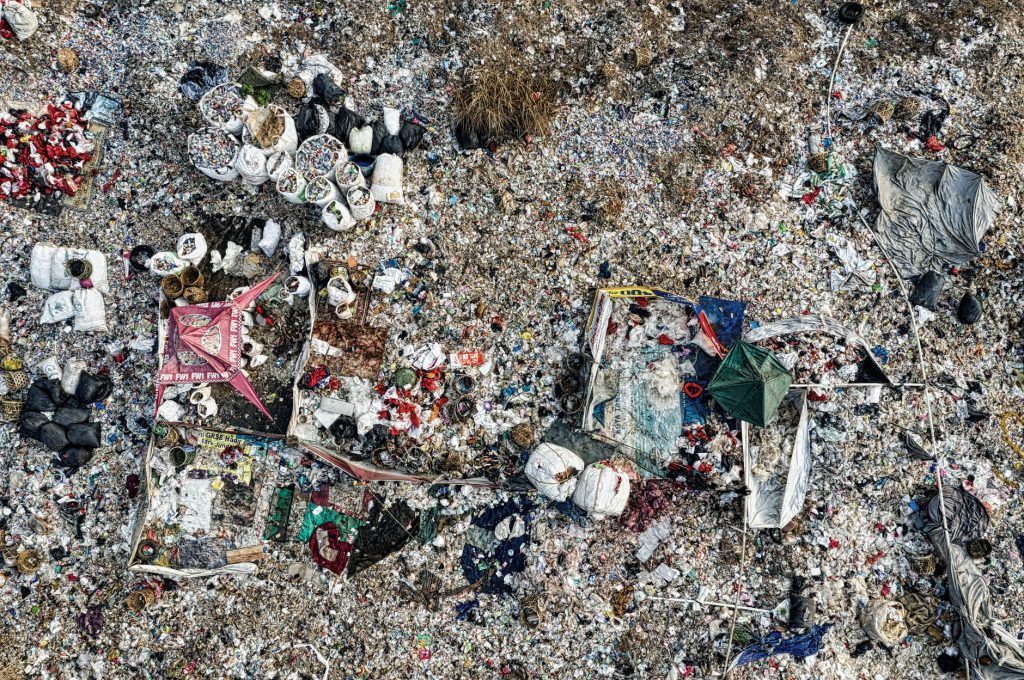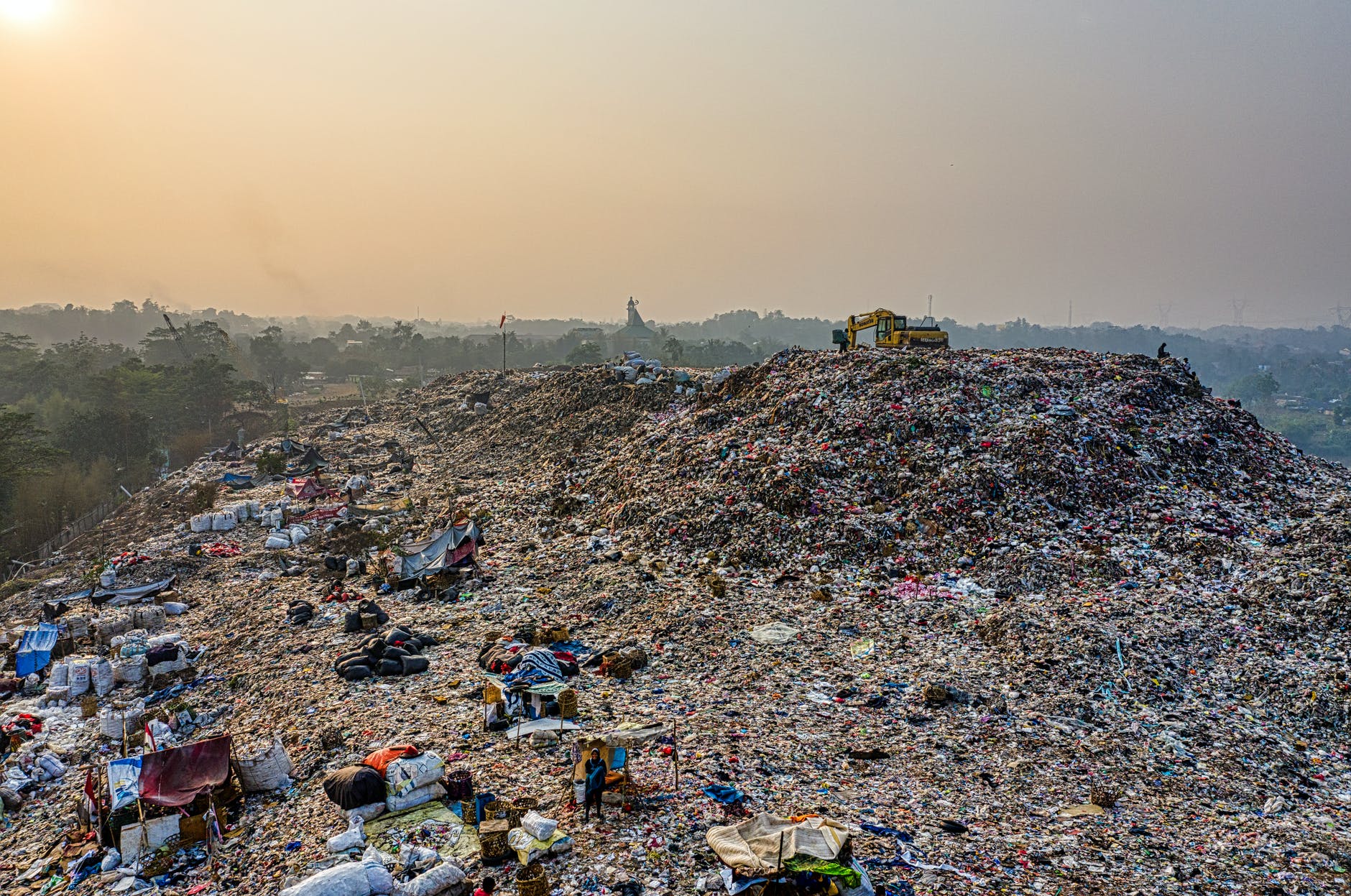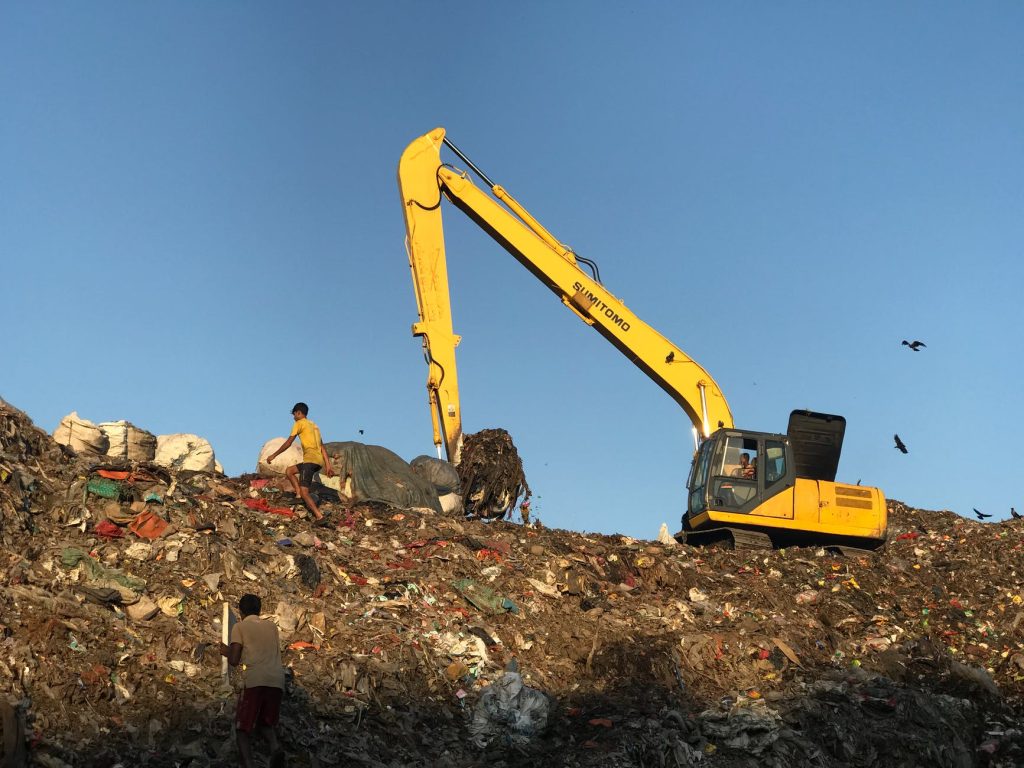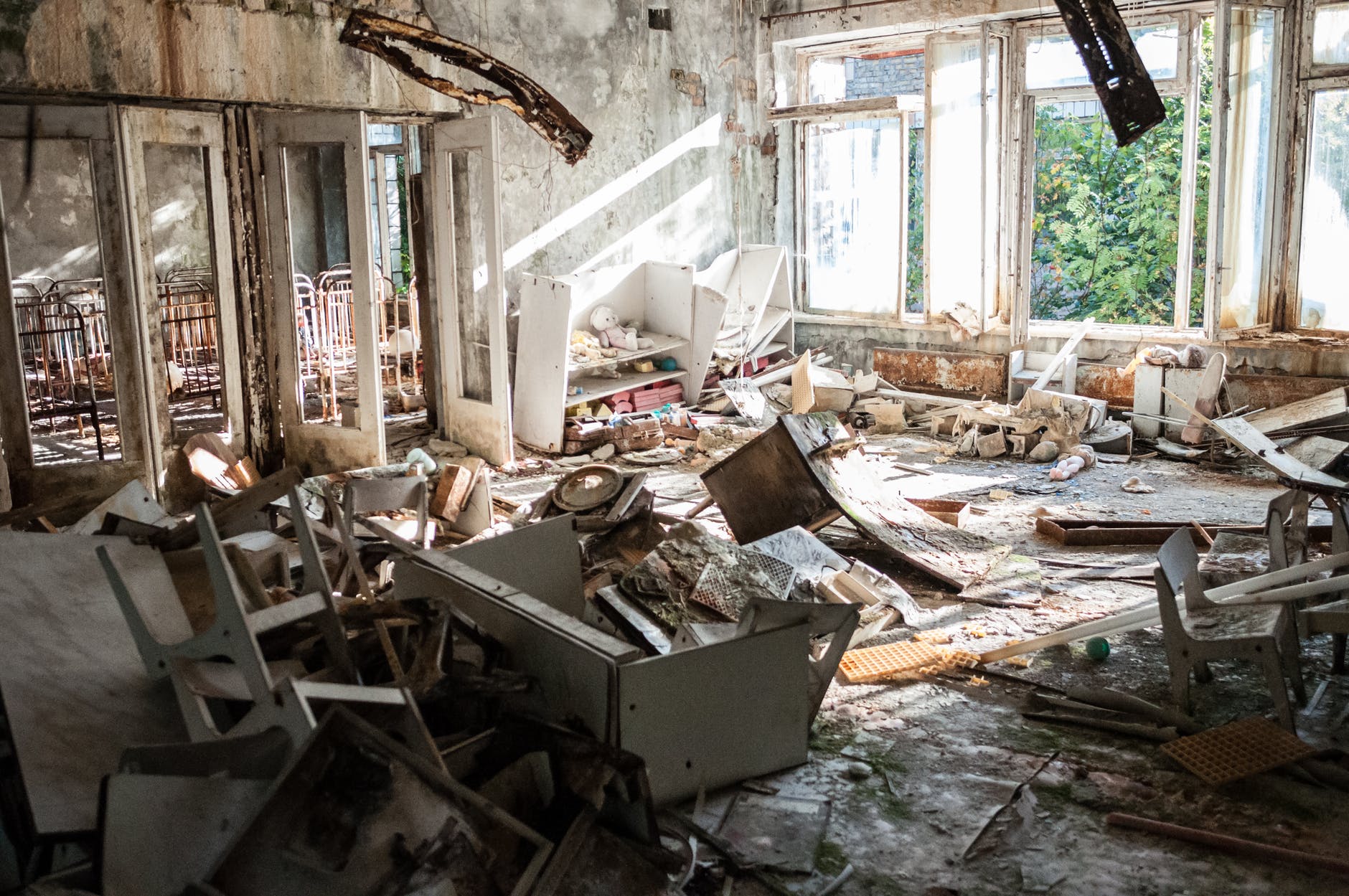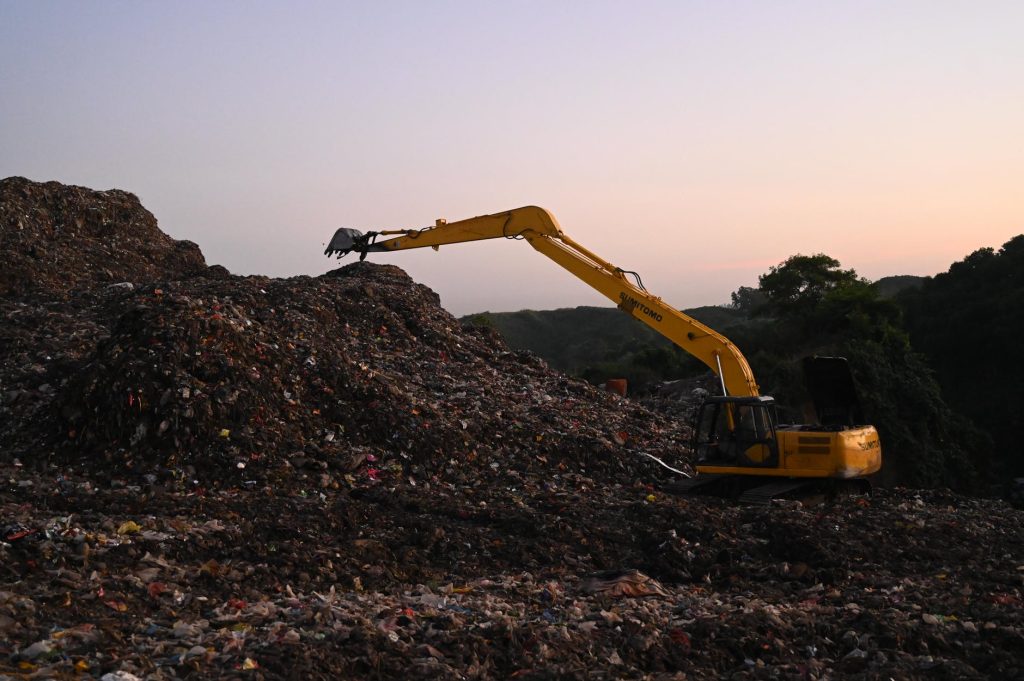Human society’s waste is disposed of by collecting, processing, and recycling it or burying it. Depending on the source and composition of waste, it is categorised. As a general rule, waste materials can be either liquid or solid, and their components can be hazardous or nonhazardous. Solid waste, wastewater (wastewater), toxic waste, as well as electronic waste are all examples of waste.
Wastewater treatment, or sewer systems, is a common practise in industrialised countries where municipal liquid waste is disposed of. Wastewater or sewage is treated in this way in order to keep contaminants out of aquifers or waterbodies like rivers and estuaries, where they could pollute groundwater or the ocean. Wastewater systems and treatment can be found at wastewater treatment.
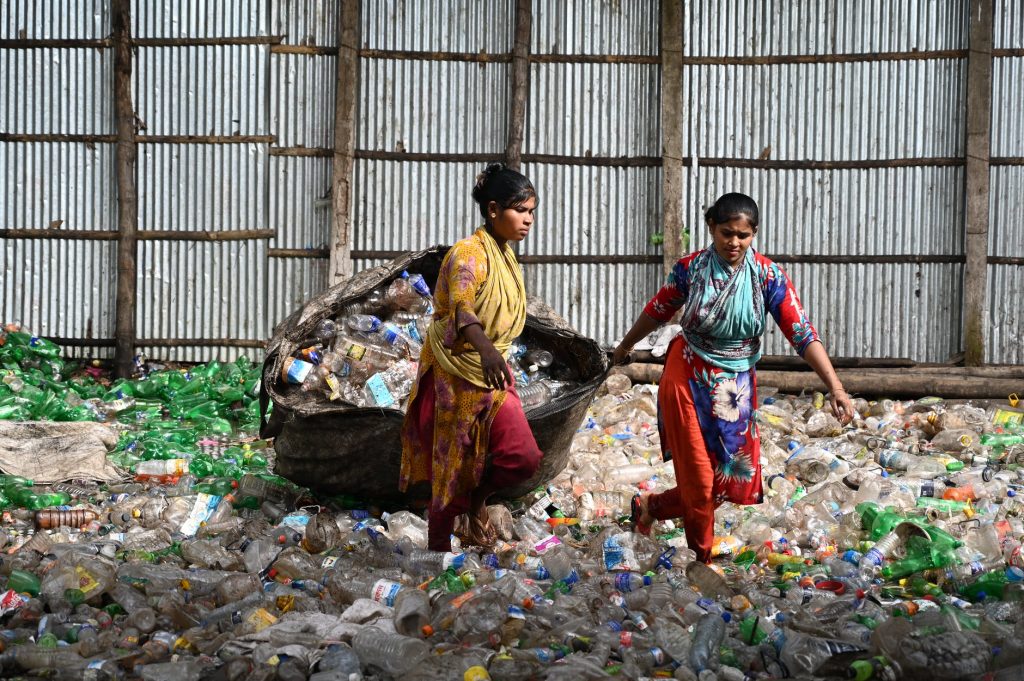
MSW is degradable solid waste that must be collected, transported, and processed or disposed of in a safe and environmentally sound manner. Garbage and rubbish are included in the term “refuse.” Dry materials, paper, cloth, and wood make up the majority of garbage. Garbage, on the other hand, decomposes quickly and is less putrescible than rubbish. Waste materials (e.g. rebar [a steel rod with grooves for use in concrete]), as well as bulky items including such old refrigerators or large tree stumps, all of which frequently require special collection as well as handling, are examples of trash. As a result, waste is frequently dumped in “sanitary” landfills, which are simply pits or other locations lined with an impermeable synthetic lowest part liner to keep contaminants out.
There are some types of waste that are dangerous because they are hazardous to health and environment. Toxic, flammable, corrosive, infectious, radioactive, and other hazardous wastes are included in this category. Essentially, toxic waste is a type of chemical waste that is generated during the course of industrial, contaminant, or biological functions and has the potential to harm or kill those who come into contact with it. Reactive wastes are hazardous wastes that can explode or combust when they come into contact with air or water. Pathogens may be present in infectious wastes (such like used bandages, syringe, and other items from hospitals and research facilities). Ionizing radiation from radioactive wastes (such as expended nuclear fuel rods and isotopes of cobalt but also iodine for use in cancer treatment as well as other medical applications) can harm living organisms. Hazardous wastes have unique handling, storage, but also disposal challenges which it vary depending on the type of waste.



